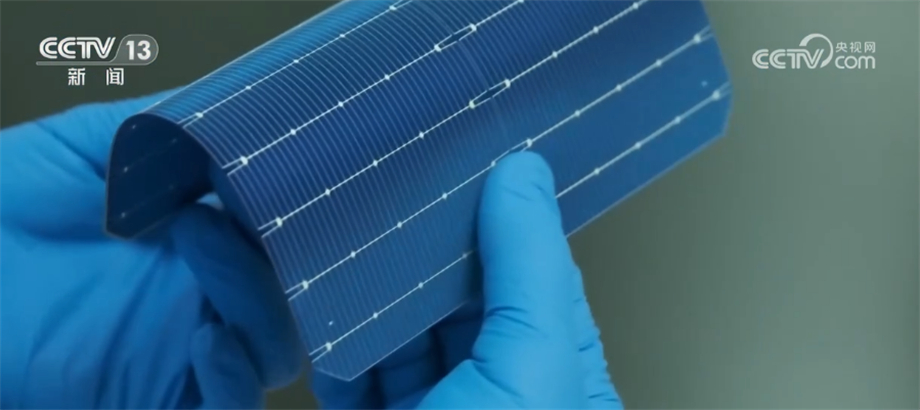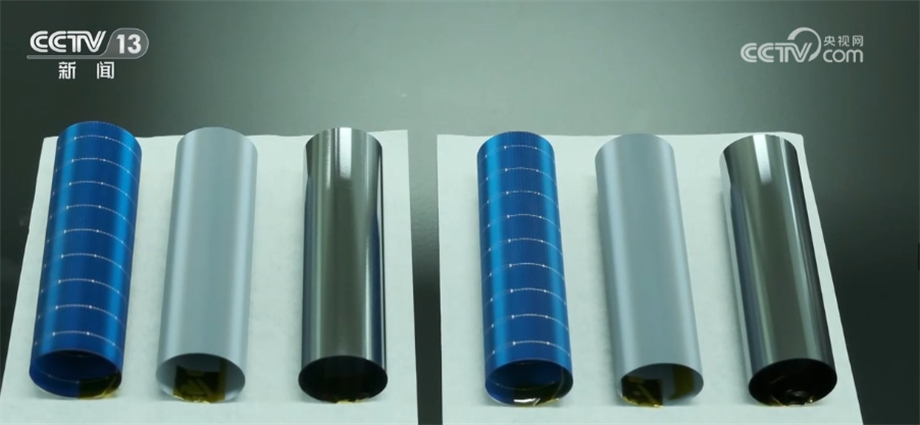CCTV News:Flexible solar cells have a wide range of applications in mobile communication, vehicle-mounted mobile energy, aerospace and other fields. Recently, the research team of Shanghai Institute of Microsystems, Chinese Academy of Sciences has developed a highly flexible monocrystalline silicon solar cell that can be bent like a piece of paper and is not easy to break. The achievement was published in the international academic journal Nature on May 24th, Beijing time.
In Shanghai Institute of Microsystems, Chinese Academy of Sciences, researchers showed reporters their high-flexibility monocrystalline silicon solar cell. The solar cell in the hands of researchers is like a piece of paper we usually see, which can be bent at a large angle.

Liu Zhengxin, a researcher at Shanghai Institute of Microsystems, Chinese Academy of Sciences:The photovoltaics (solar cells) we use now are all made of monocrystalline silicon. When we apply stress to it, it is easy to break, especially when we want to make it cheaper and thinner.
Researchers told reporters that it was almost impossible to bend a silicon wafer at a large angle without damage in the past. The main reason is that the mechanical characteristics of the silicon wafer limit its flexibility.

Liu Wenzhu, Associate Research Fellow of Shanghai Institute of Microsystems, Chinese Academy of Sciences:Through analysis, our research group found that under the action of bending stress, the silicon wafer always breaks from the sharp tiny groove area around the silicon wafer. Based on such a discovery, our research group developed a method of smoothing the edge of silicon wafer.
The edge smoothing method mentioned by researchers is to treat the sharp V-shaped grooves on the edge surface and side of the silicon wafer into smooth U-shaped grooves, thus changing the microstructure and mechanical properties of the edge of the silicon wafer, while enhancing the flexibility of the silicon wafer, without affecting the light absorption ability of the silicon wafer. At present, the research team has been able to reduce the thickness of silicon wafer to 50-mdash; 60 microns. Compared with traditional solar cells, the photoelectric conversion efficiency of flexible monocrystalline silicon solar cells produced based on this technology remains basically unchanged.

Di Zengfeng, Deputy Director of Shanghai Institute of Microsystems, Chinese Academy of Sciences:Flexible solar cells will greatly expand the application scenarios of solar energy (photovoltaic), and will better serve the national major projects and the national carbon-neutral strategy of peak carbon dioxide emissions.